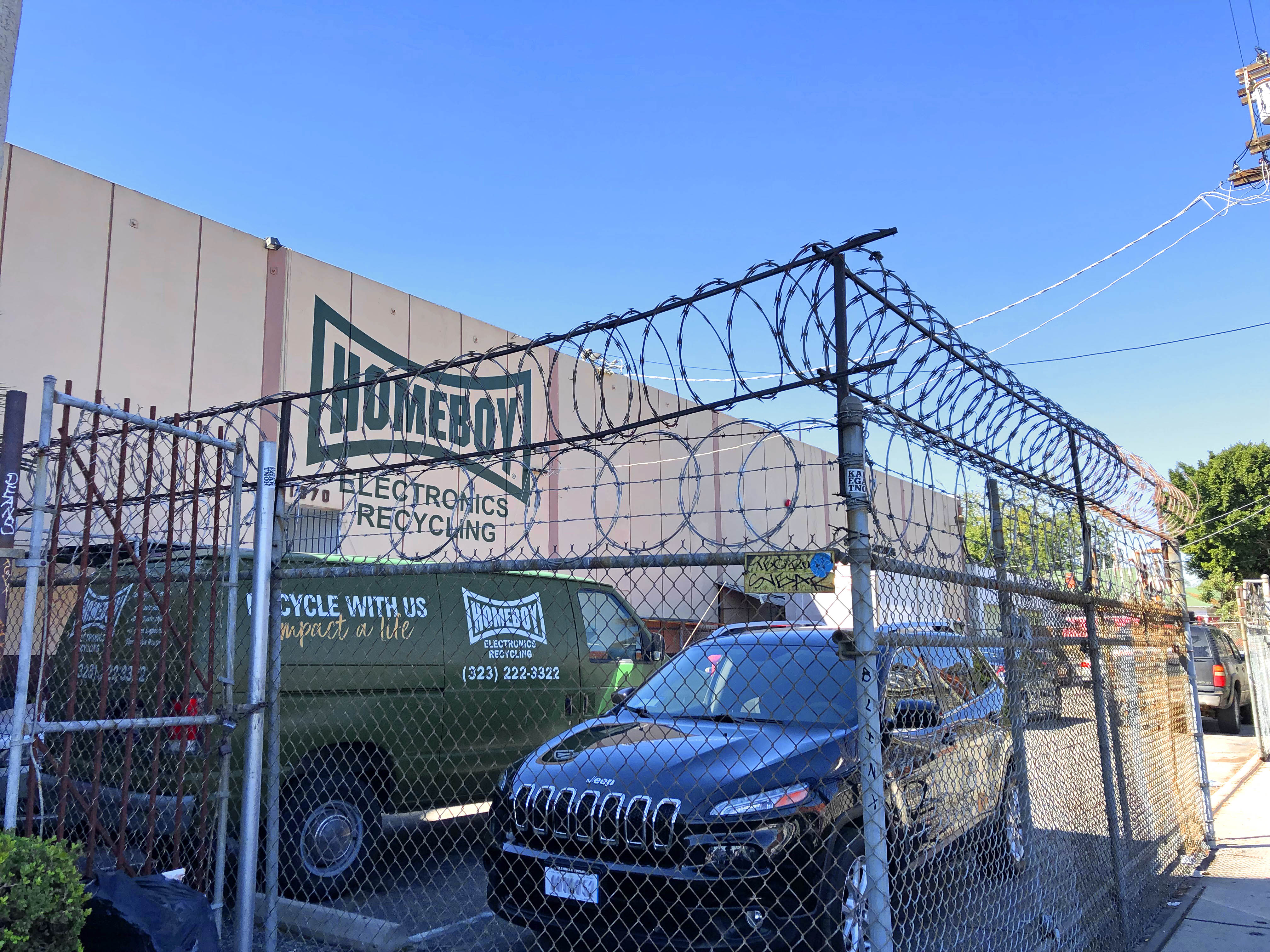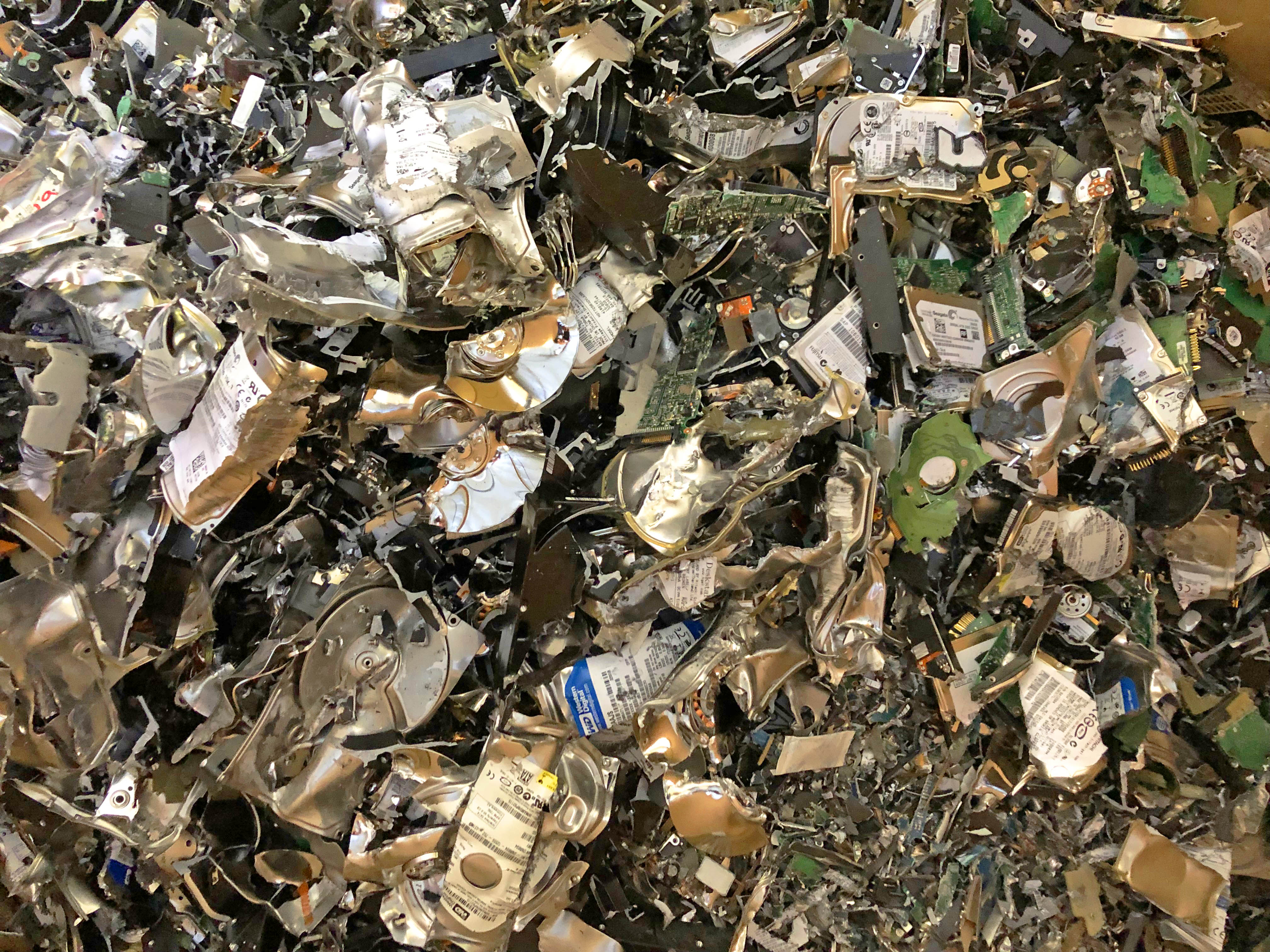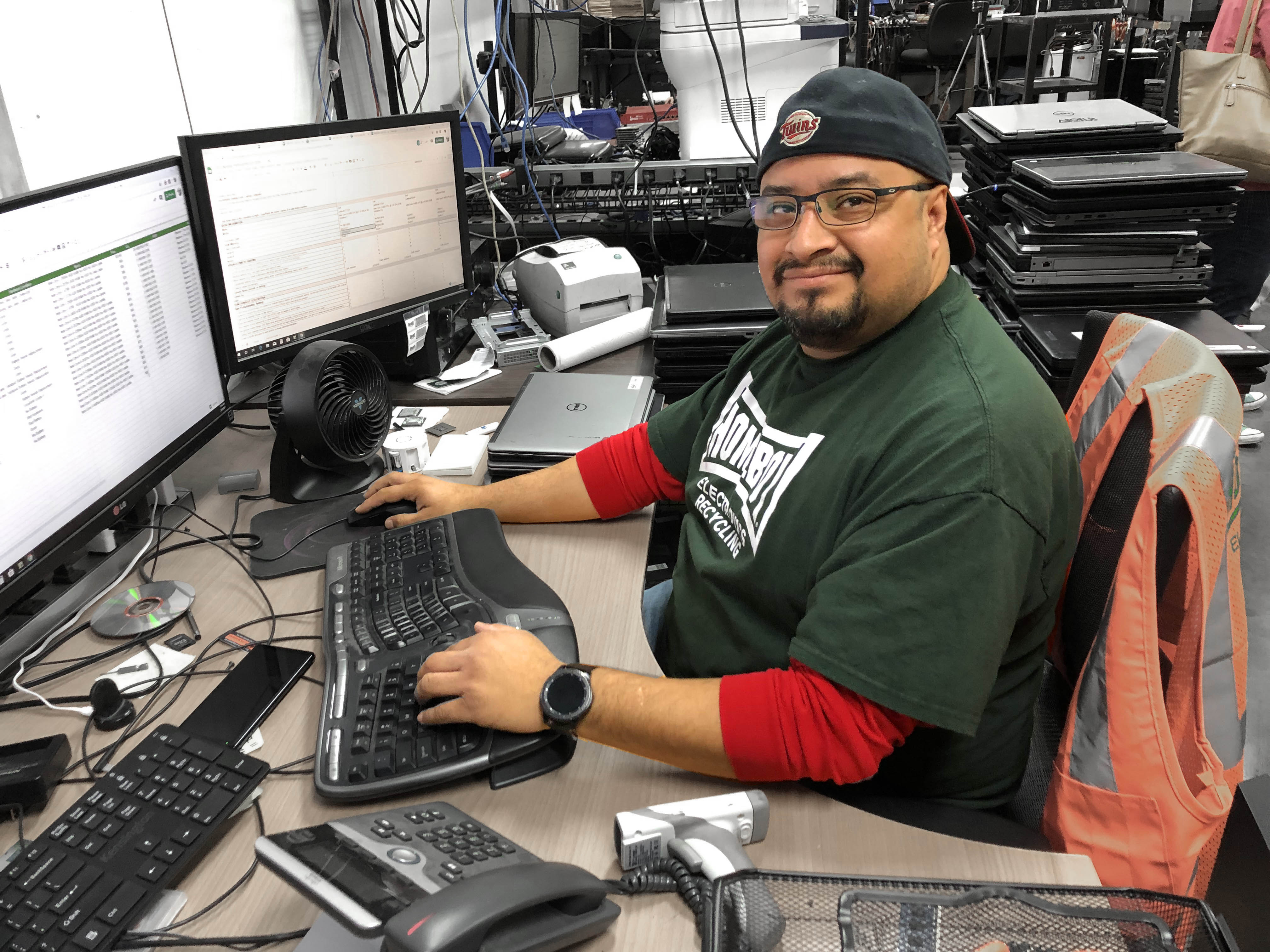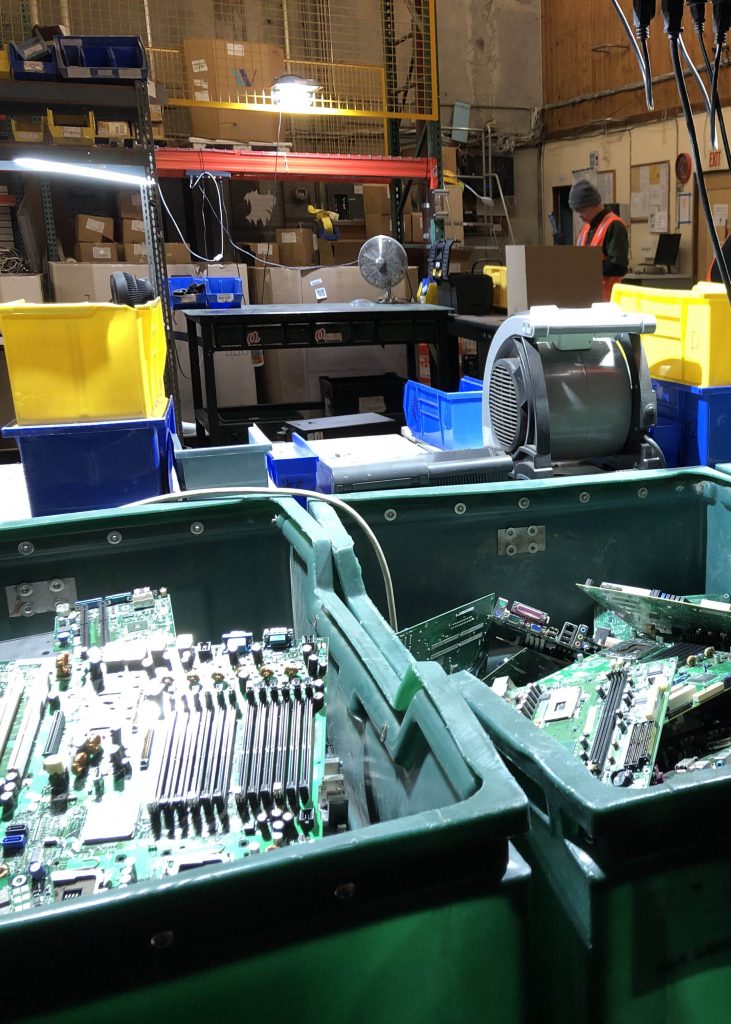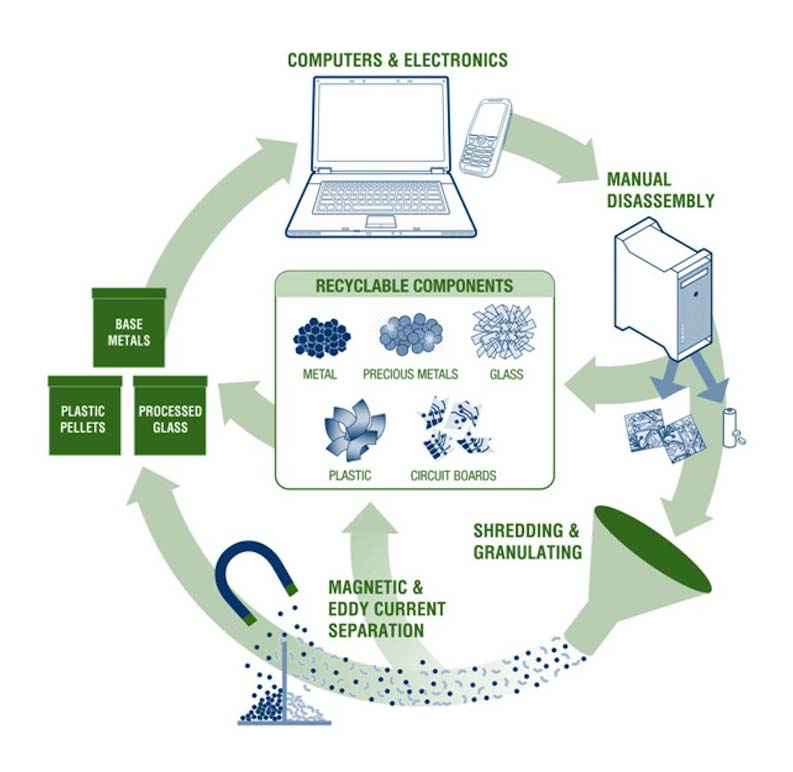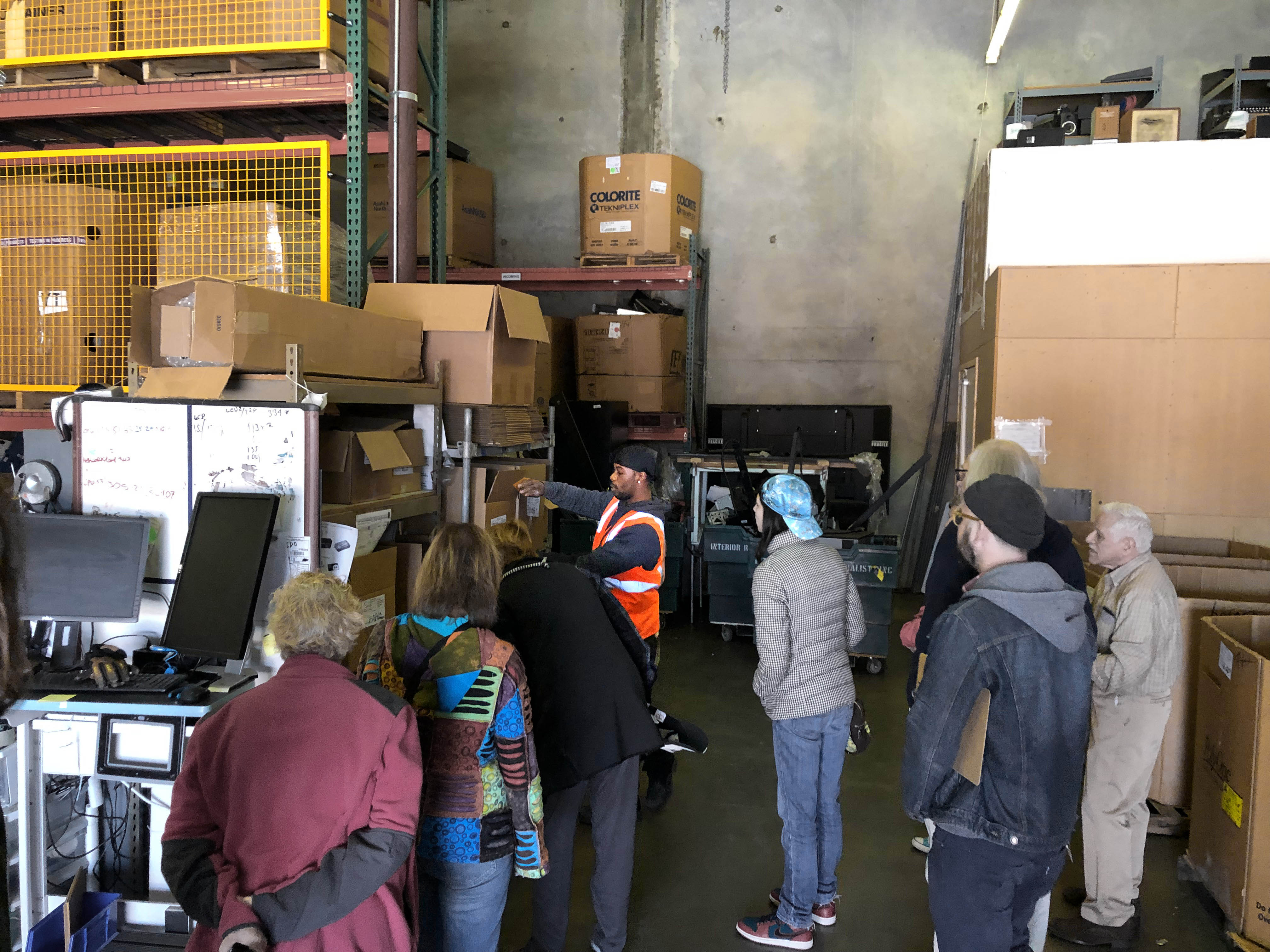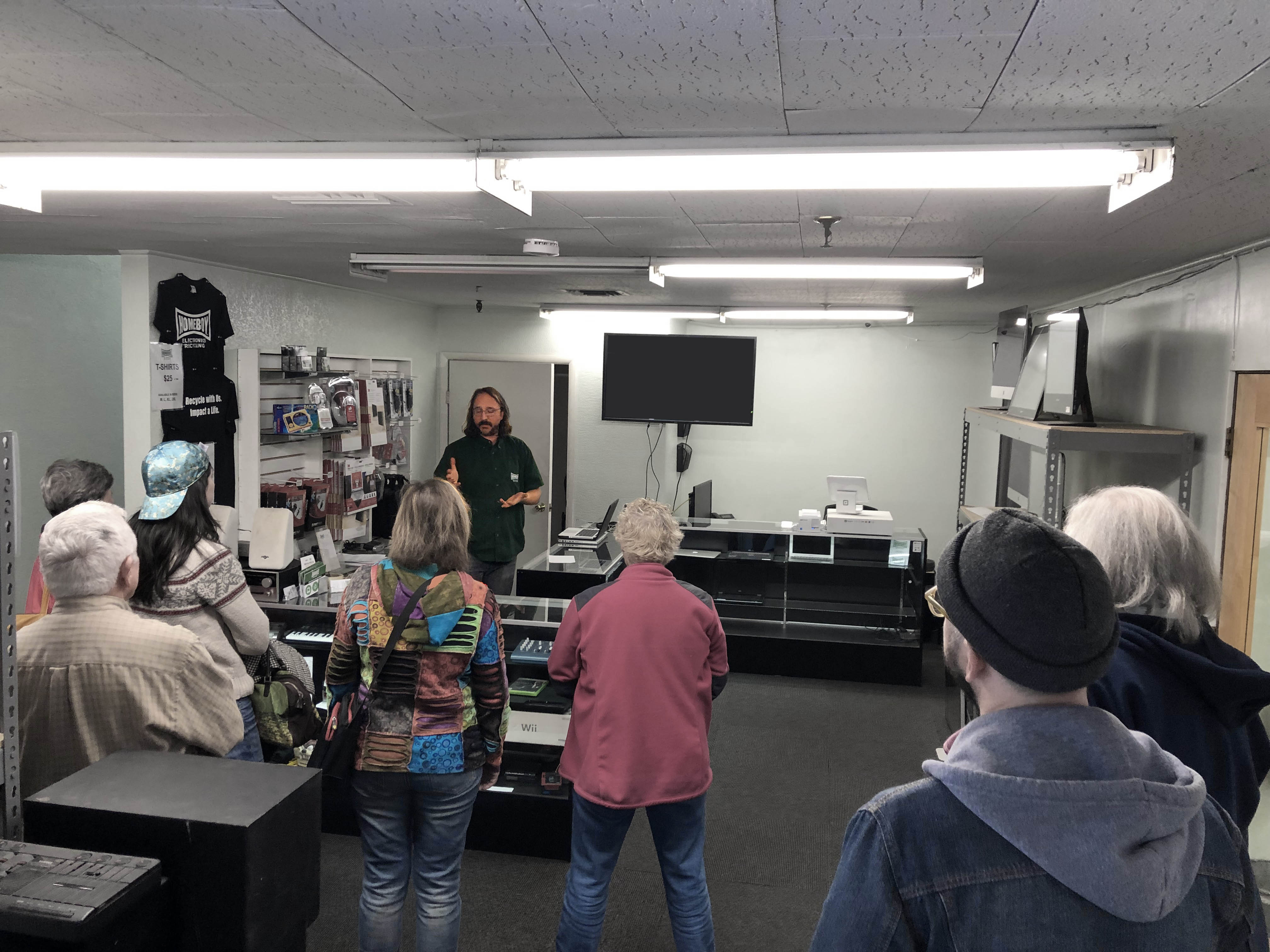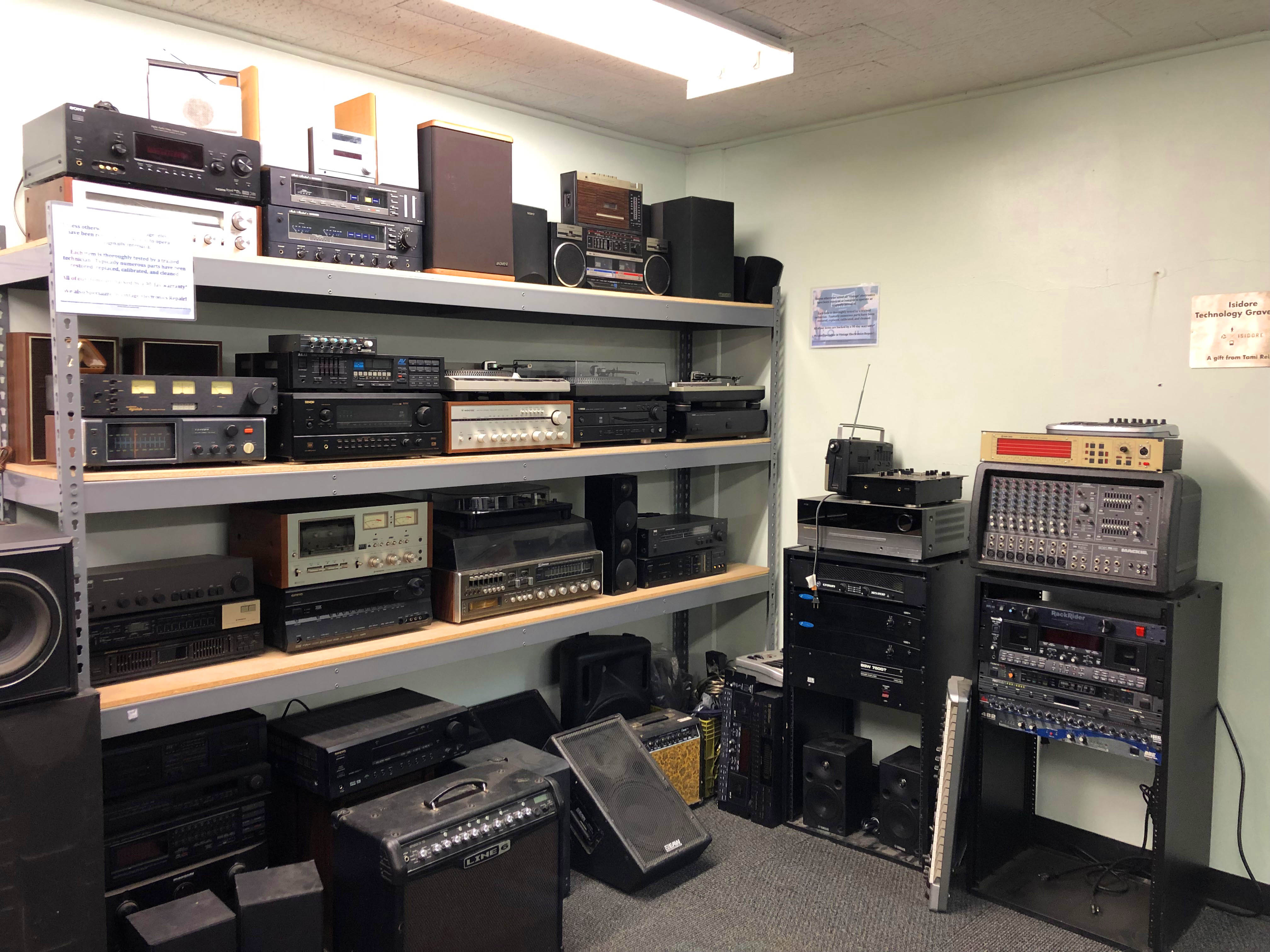
The future is…second chances.
The emergence of the United States’ first formerly incarcerated member of a state legislature defies the conventionally held view that ex-cons can’t become elected officials.
And when I say, “conventionally held,” I’m referring to the one, two, and three people covered by the fact that one in three American adults has a criminal record, according to the FBI. And if 30% of adults have a criminal record, just about every American is likely familiar with the hard truths, impressions, and clichés of mass incarceration*.
Yet almost all of us believe that people with records are permanently disqualified from post-conviction opportunities. Former inmate Tarra Simmons is a reminder to check that belief.
And sure, there have been a number of other cases where ex-cons have successfully sought office. The difference is, those stories usually involve a privileged, corrupt suit who wants back in the game. Simmons is anything but. She did time for drug delivery, sales, and firearm possession. Then she attended Seattle University School of Law, graduating with honors in 2017.
When the Washington State Bar Association voted against admitting Tarra Simmons, a former bank-robber-turned-lawyer, Shon Hopwood, brought her fight to the State Supreme Court – and won. By mid- 2018, Simmons had been sworn in as an attorney.
Although she had no political aspirations prior to 2019, Simmons ran as a Democrat this year in an effort to “give people a first chance, so they won’t need a second chance later on in life.”
You might say she was provoked. With some encouragement, she announced her candidacy for a seat in Washington’s 23rd Legislative District after Republicans gave her state bar victory the Willie Horton treatment: a snail-mail attack used in a state Senate race called Simmons a “drug addicted ex-con.”
She just took her district by 63.32% of the vote.
But no more spoilers. Simmons’s story is a fun, inspired tapestry. You’ll be hearing about her a lot in the coming years, I suspect. After all, she has seen the future, and it looks like criminal justice reform.
.
.
*Convicted or not, employment and other forms of discrimination are still a thing.
.
.

